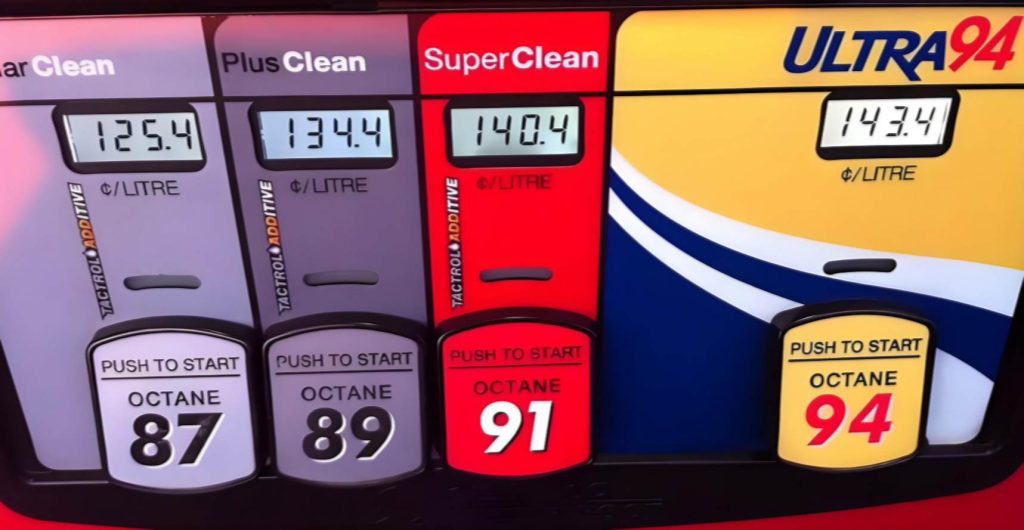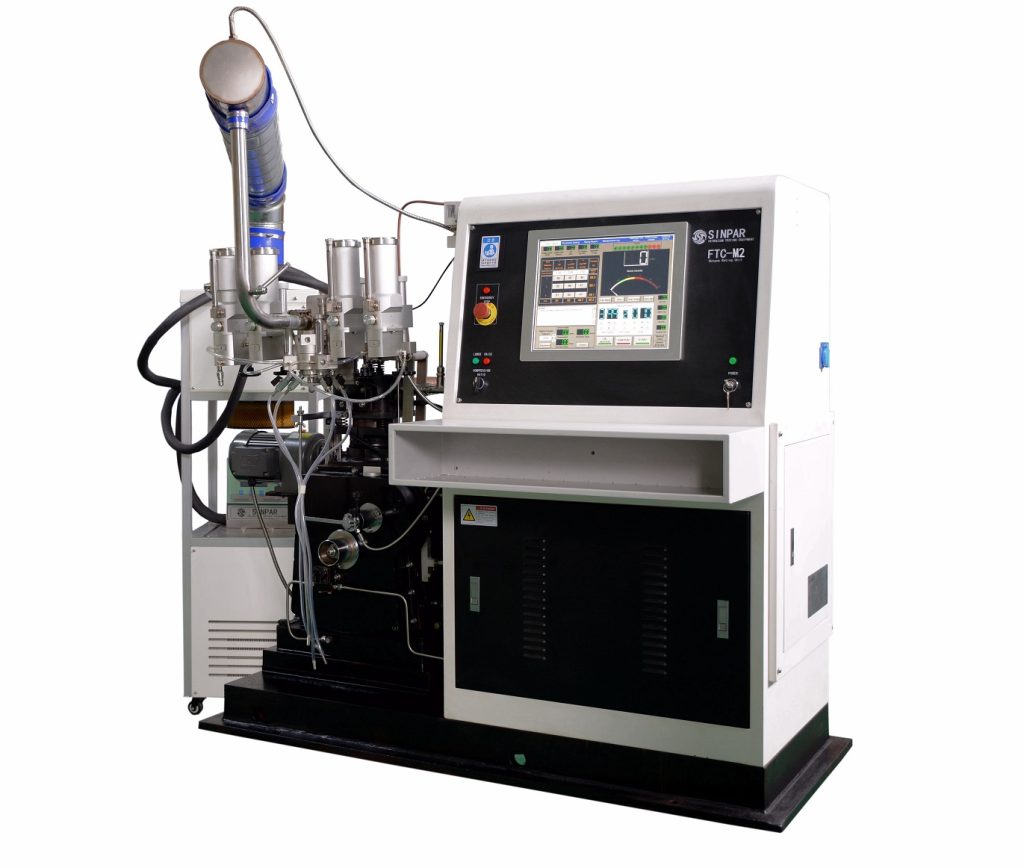Octane rating: the anti-knock quality performance of gasoline.
Octane number is a key indicator of the anti-knock performance of gasoline, which represents the level of anti-detonation combustion of gasoline in the engine. Gasoline octane rating is based on the octane number to be determined. The higher the rating, indicating that the gasoline is more resistant to detonation, can better adapt to the high compression ratio of the engine. The anti-detonation property of a fuel increases with the increase in its octane number.
A standard reference fuel is usually composed of iso-octane and n-heptane. Iso-octane has excellent anti-knocking properties and is assigned an octane number of 100. Whereas n-heptane, which is very prone to knocking is assigned an octane number of zero. Therefore, the octane number is a direct reflection of the percentage of iso-octane content in the fuel. Thus, a fuel blend of 90% iso-octane and 10% n-heptane would have an octane number of 90.
The composition of gasoline is far more complex than standard reference fuel. Therefore, the octane rating of gasoline can not be determined simply by the ratio of n-heptane to iso-octane content. Below we will explain in detail how gasoline octane rating is tested and determined.

The standard reliable method for testing octane ratings is to use an Octane Testing Engine. The octane testing performs the ASTM D2699 (RON) and ASTM D2700 (MON) standard test methods.
The SINPAR Octane Testing Engine FTC-M2 is a carbureted, variable compression ratio, single-cylinder engine known as a “knock test engine”. It measures the gasoline octane rating relating to the intensity of combustion detonation in comparison to standard reference fuels of known octane ratings.
The reference fuels with precisely known octane ratings are formed by blending together iso-octane, heptane or toluene. These reference fuels are used to calibrate a given sample of fuel to determine the value at which a knock intensity is observed. This measurement is accomplished by adjusting the octane engine cylinder height, thereby varying the engine’s compression ratio until the detonation reaches a specific level of intensity. Its test procedures shall be conducted under standard operating conditions in strict accordance with ASTM D2699 & D2700 standards.
Research Octane Number (RON) is the commonly used octane number in commerce as a primary specification measurement related to the matching of fuels and engines. The RON method is performed in the octane testing engine under mild conditions of operation according to ASTM D2699 Standard.
Motor Octane Number (MON) is tested in the octane testing engine under severe operating conditions according to ASTM D2700 Standard. Compared to the RON method, the MON method further stresses the fuel knock resistance with the heated fuel-air mixture, higher engine speed, and variable ignition timing. MON provides a better measure of the actual anti-knock performance of the fuel at higher than normal loads.
Motor O.N. in conjunction with Research O.N., defines the anti-knock index of engine fuels. The Anti-Knock Index (AKI) of a fuel approximates the road octane ratings for many vehicles, is posted on retail dispensing pumps in many countries, and is referred to in vehicle manuals. This is also known as Road Octane Number (RdON) or Pump Octane Number (PON).
This is more commonly presented as:
Anti-Knock Index (AKI)=(RON+MON)/2
SINPAR FTC-M2 Octane Testing Engine has a standardized single cylinder with variable compression ratio, a heavy-duty crankcase, a four-bowl carburetor, an intake air system and combustion knock measurement instrumentation. These designs and configurations are standard and meet the technical requirements and test procedures specified in the ASTM D2699 & 2700 standards. These standards are globally recognized as the standard test methods for determining the octane rating of fuels.
The FTC-M2 Octane Engine, combined with RON&MON methods, offers standard octane test methods in full compliance with ASTM D2699 & D2700. It makes octane testing more reliable, efficient and economical with advanced technology and automated operation.
